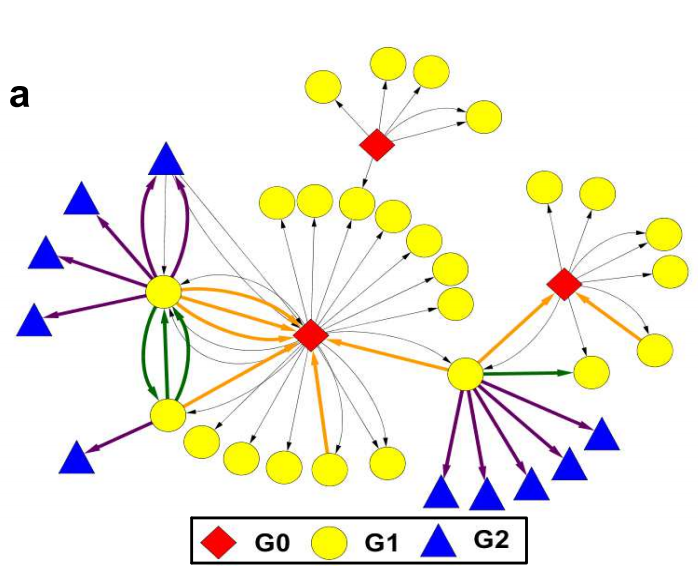Mining the mobile phone data from 10 million people over 4 years reveals the subtle changes that occur in the flow of information when disaster strikes, say network scientists.

Mobile phones have changed the way scientists study humanity. The electronic records of these calls provide an unprecedented insight into the nature of human behaviour revealing patterns of travel, human reproductive strategies and even the distribution of wealth in sub-Saharan Africa.
All of this involves humans acting in ordinary situations that they have experienced many times before. But what of the way humans behave in extraordinary conditions, such as during earthquakes, armed conflicts or terrorist incidents?
Now Liang Gao at Beijing Jiaotong University in China and a few friends say mobile phone records provide the same kind of lens for studying how humans fare in these extreme conditions. In particular, they say these records show that patterns of communication, and hence the way in which information flows, change in subtle but important ways during emergencies.
The data that Liang and co study consists of the metadata associated with voice calls and texts of 10 million people over 4 years in an unidentified European country. The metadata includes the caller and receiver, a timestamp and the location of the tower that routed the call.
They then used Google news to identify emergencies that occurred within this region during the period under scrutiny and looked for calls made close to these locations at that time. They studied three emergency events which Liang and co refer to “Jet Scare”, “Plane Crash” and “Bombing”.
In particular, they studied the communications behaviour or two groups of people. The first consists of people close enough to the emergency event to be directly influenced by it. The second are the group of people called by the first group, presumably made up largely of close friends and relatives.
Since the question Liang and co want to examine is how the communication behaviour of both groups change during the emergency, they also study how people behave in ordinary circumstances, such as during a concert.
When an emergency occurs, there is an immediate spike in activity from the first group as they call or text their friends and relatives about the situation. At the same time, the activity of the second group also spikes.
That’s something of a conundrum since it would be reasonable to expect this increased activity to follow the first spike after a short delay. “It is somewhat puzzling that the call volume change of [the second group of] users have a spike, which is instantaneous and shows virtually no delay to the spike of [the first group],” say Liang and co, who are unable to come up with an explanation.
More interesting, however, is what happens next. It’s easy to imagine that the first thing the group of friends and relatives do next is contact other people to spread the news that a disaster has struck.
But instead, the next call they make tends to be straight back to the person involved in the emergency situation. This is completely different to the normal behaviour where the likelihood of returning a call is significantly lower. Indeed, a call made during a concert is less likely than usual to get a call back.
Liang and co conclude that the need for correspondence with eyewitnesses is more critical than the dissemination of situational awareness during emergencies.” In other words, the desire to want to find out more trumps the need to pass on what they already know. At least in emergency situations.
That’s a new wrinkle in our understanding of communication patterns. Liang and co say it has implications for the way information spreads during extraordinary events and may influence the way authorities need to respond in emergencies.
Ref: arxiv.org/abs/1401.1274: Quantifying Information Flow During Emergencies
http://www.technologyreview.com/view/523711/how-information-flows-during-emergencies/
very grateful for the contributions of scientists that at last we can now enjoy the times of modern technology that some people may not imagine having the convenience of in this era
ReplyDelete